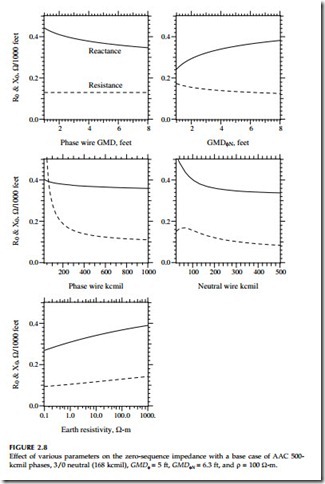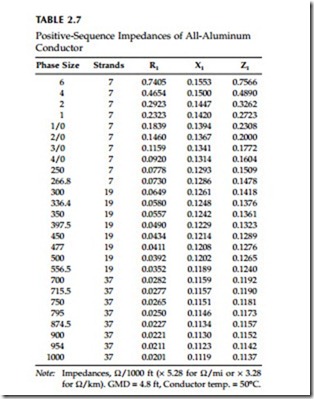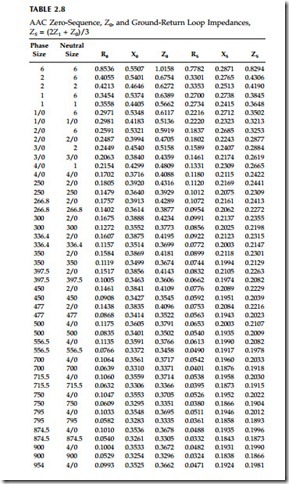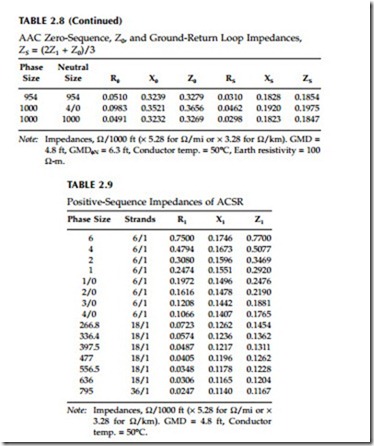Conductor Sizing
We have an amazing variety of sizes and types of conductors. Several electrical, mechanical, and economic characteristics affect conductor selection:
• Ampacity — The peak current-carrying capability of a conductor limits the current (and power) carrying capability.
• Economics — Often we will use a conductor that normally operates well below its ampacity rating. The cost of the extra aluminum pays for itself with lower I2R losses; the conductor runs cooler. This also leaves room for expansion.
• Mechanical strength — Especially on rural lines with long span lengths, mechanical strength plays an important role in size and type of conductor. Stronger conductors like ACSR are used more often. Ice and wind loadings must be considered.
• Corrosion — While not usually a problem, corrosion sometimes limits certain types of conductors in certain applications.
As with many aspects of distribution operations, many utilities standard- ize on a set of conductors. For example, a utility may use 500-kcmil AAC
for all mainline spans and 1/0 AAC for all laterals. While many circuit locations are overdesigned, the utility saves from reduced stocking, fewer tools, and standardized connectors. While many utilities have more than just two conductors, most use just a handful of standard conductors; four to six economically covers the needs of most utilities.



